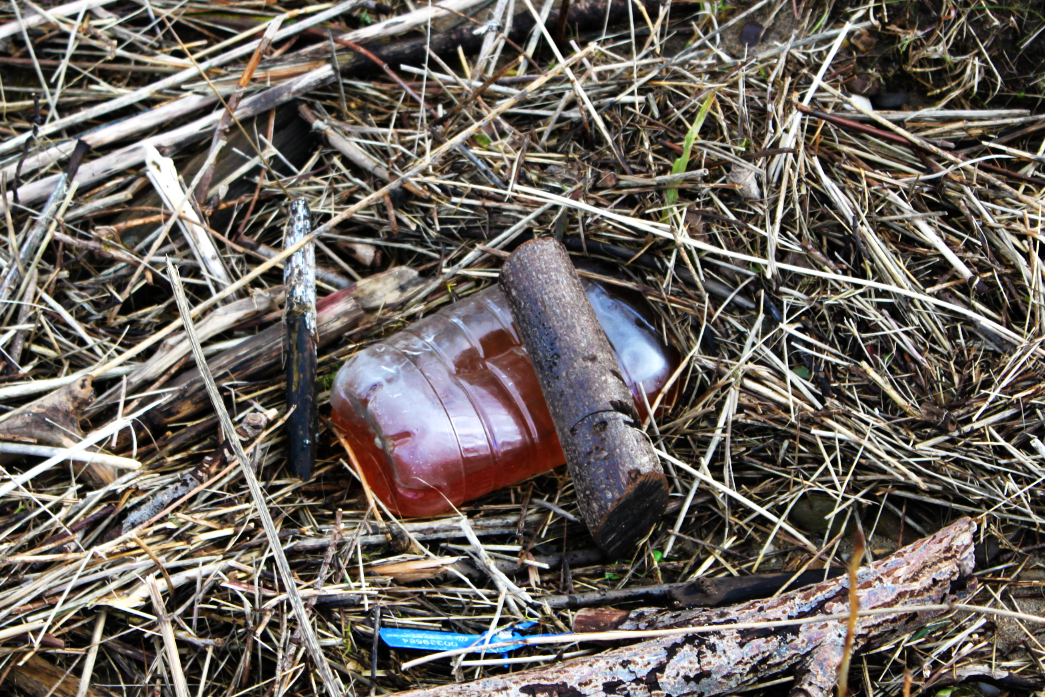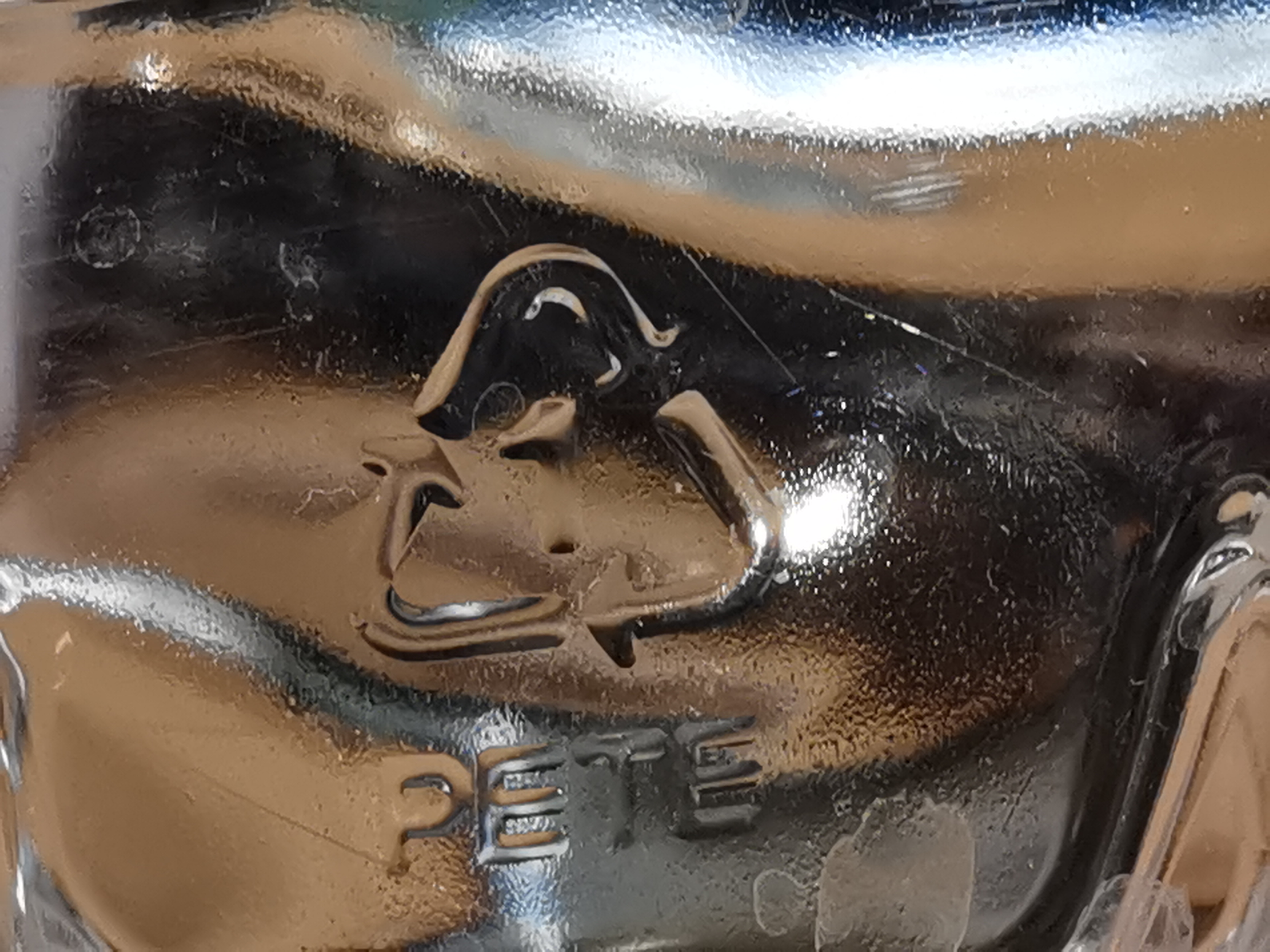COnsequences
and impacts of plastic pollutionWhy are plastics so harmful?
Plastics are toxic items
Indeed, there is a growing scientific consensus, that plastic poses serious threats to human health and the environmental well being. While some chemicals in plastics have been identified to have an impact on human health, like bisphenol-A (BPA), there is a genuine concern that our plastic policies may not be able to handle and identify the problems posed by plastics accurately and efficiently. The common consumer is frequently unable to recognise plastic types associated with health risks. Polycarbonate is labelled under the recycling code #7 (others), thereby it is hard to identify which products are made of polycarbonate. Polycarbonate contains BPA. Further, the infamous PET bottles are known to emit after a period of time acetaldehyde. Acetaldehyde is highly suspected and very likely to be carcinogenic (causes cancer), though there is still no hard evidence for that. Looking at all plastic, the most criticised plastic is recycling code #3 (PVC). In fact, it even made itself a nickname as “the Poison Plastic”. PVC stands for Polyvinyl chloride. The EPA classified it as a human carcinogen and stated that short term exposure sometimes results in damage to the central nervous system and long term exposure may cause damage to the liver and to the central nervous system. Further, it causes liver cancer.


Recycling code #1: Polyethylene terephthalate
Plastics are designed to be extremely durable.
Yet, they are mostly being used in throw away items. Plastics are generally not biodegradable and some common plastics are not even recyclable. Even though plastics are designed to be extremely durable, we have in many cases no need for that durability. Instead, it becomes a problem, plastic accumulates and brakes into tiny pieces. Often, other materials may have better properties to be packaging materials and no big consequences at the end of its lifespan. Still, in some cases, this durability may be of great advantage. Toxic and dangerous liquids can be handled by plastic with no worries. However, I may have no need to remind most people that chocolate bars are no dangerous liquids even if they are molten, so there is no need to pack them into plastic. The current usage of plastic packaging is certainly a misusage.
